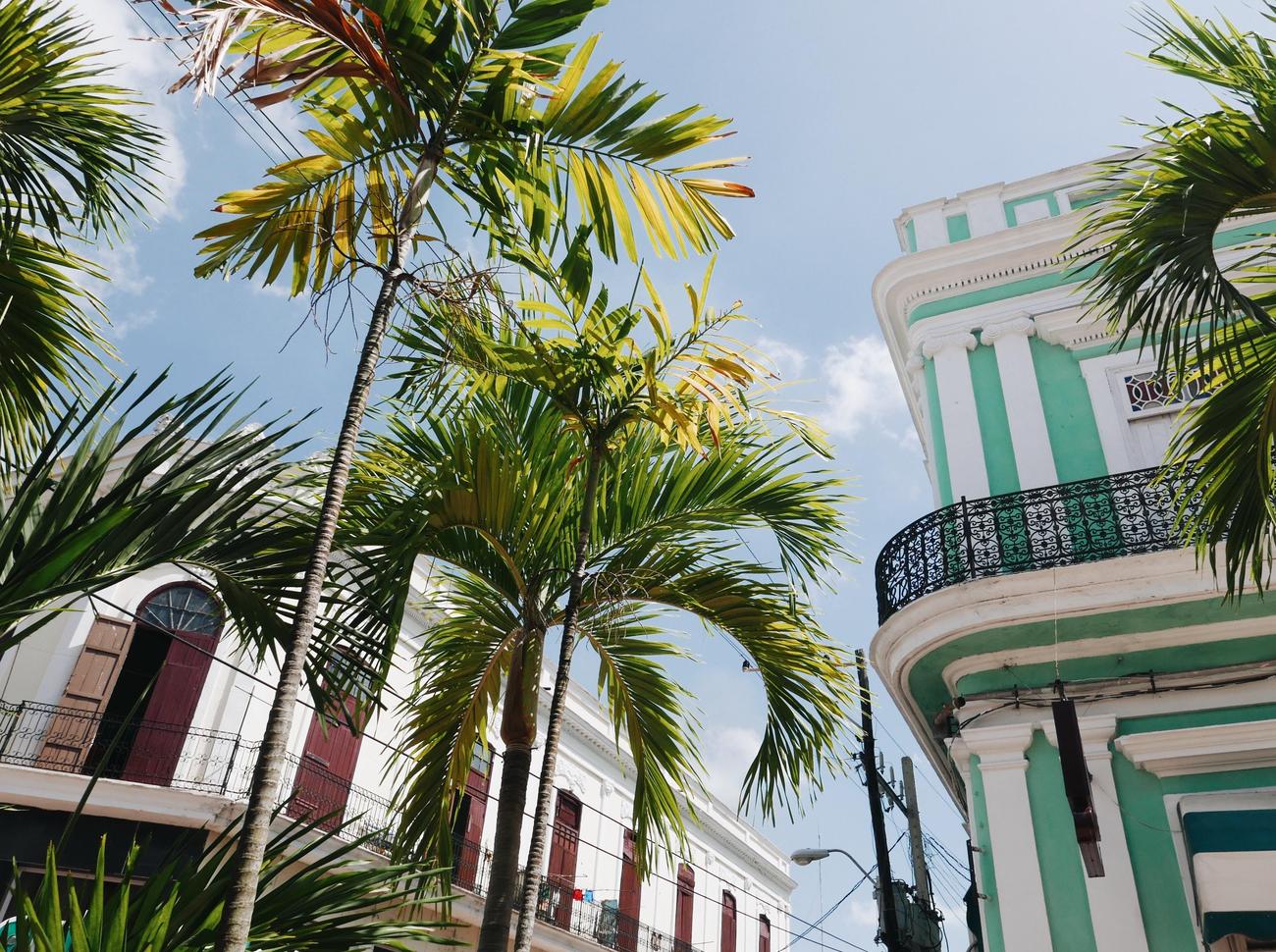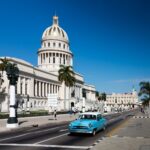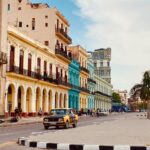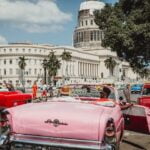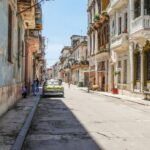Prepare to embark on a journey through time as we peel back the layers of history and uncover the untold stories that have shaped the vibrant nation of Cuba. In this captivating article, we will delve into the depths of Cuban history, unearthing fascinating historical facts that have remained hidden for far too long. From the enigmatic tales of revolution to the rich cultural tapestry that has captivated the world, get ready to immerse yourself in the intriguing world of Cuba’s past. So, fasten your seatbelts as we embark on a thrilling adventure filled with historical revelations and captivating narratives in our quest to unlock the secrets of this captivating island nation.
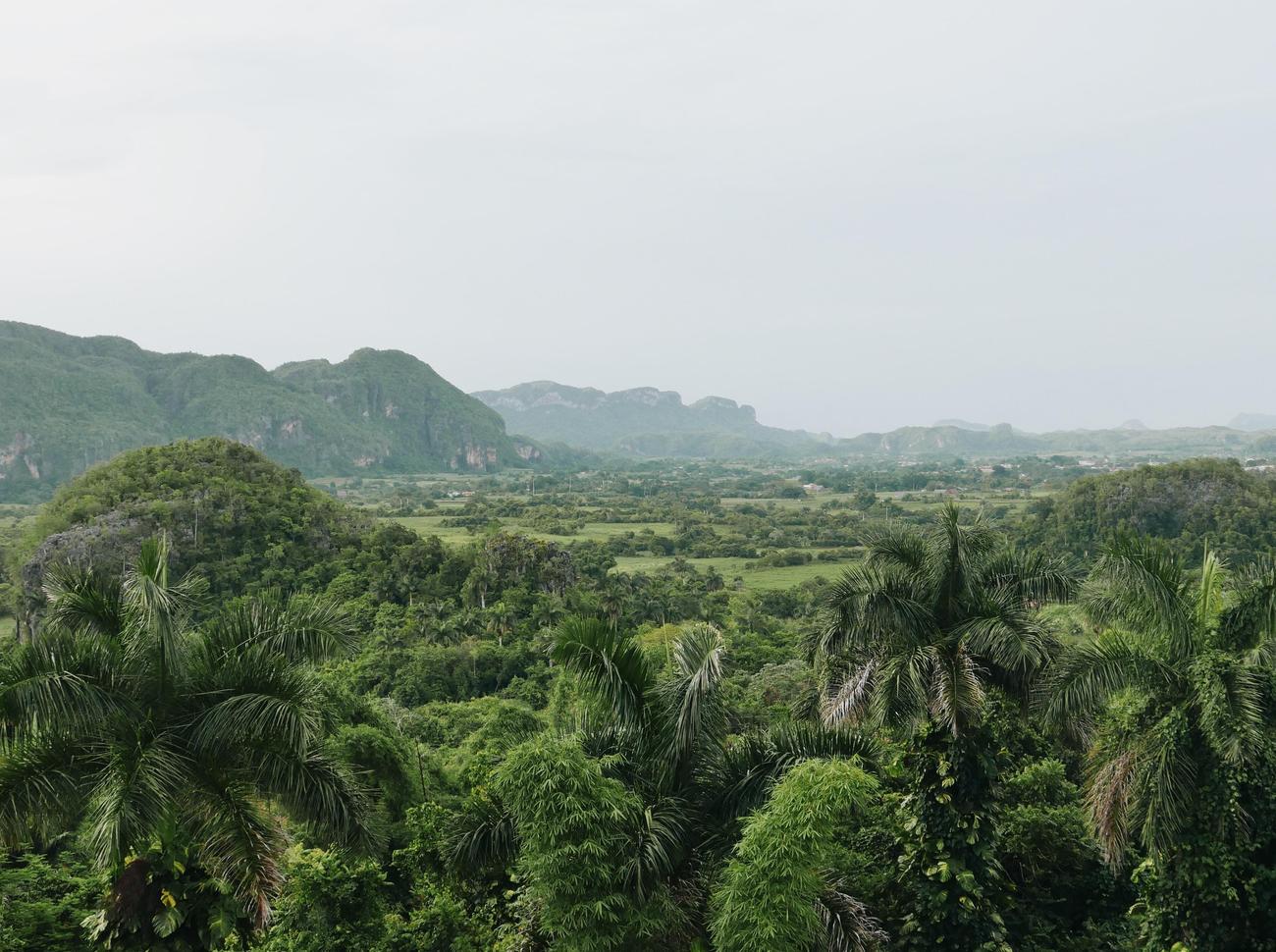
Historical Facts About Cuba
As we delve into the rich tapestry of Cuban history, a world of captivating stories and hidden truths unfolds before us. Let’s uncover some intriguing historical facts about Cuba that have shaped this vibrant Caribbean island.
Cuba’s Spanish Legacy
The roots of Cuban history are deeply intertwined with the Spanish conquest that began in 1511. For nearly four centuries, Cuba remained under Spanish control, leaving an indelible mark on its culture, architecture, and language. The legacy of Spanish rule is apparent in the charming colonial buildings that grace the streets of Havana and the alluring blend of Spanish and Afro-Cuban rhythms that pulse through the air. It was a period of great prosperity for the Spanish empire, as Cuba became a key hub for trade and the cultivation of lucrative sugarcane plantations.
“Amidst the cobbled streets of Havana and the echoes of Spanish footsteps, Cuba’s rich Spanish legacy comes alive, giving us a glimpse into its fascinating past.”
Cuban Independence and American Influence
In the late 19th century, a wave of nationalism swept across Cuba, leading to the Cuban War of Independence. This conflict ultimately culminated in the Spanish-American War of 1898, which marked a pivotal moment in Cuban history. As a result of the war, Cuba became a protectorate of the United States, effectively exchanging one foreign power for another. However, Cuba’s journey towards true independence was not far off. In 1902, the island finally claimed its sovereignty and began charting its own course.
“With a newfound sense of autonomy, Cuba embarked on a path of self-determination, heralding a new era in its storied history.”
Turmoil and Resilience
The road to independence was not without its challenges. Over the years, Cuba faced numerous threats and struggles, both internally and externally. One notable episode in this tumultuous history was the ill-fated Bay of Pigs invasion in 1961, orchestrated by the United States. Despite the odds stacked against them, the Cuban people rallied together, demonstrating their unwavering determination and resilience. This event left an enduring mark on Cuba’s national identity, symbolizing their defiance in the face of adversity.
“In the face of attempted invasions and external pressures, Cuba’s spirit remained unyielding, serving as a testament to the unwavering strength of its people.”
Cuba and the Fallout of the Soviet Union’s Collapse
The collapse of the Soviet Union in 1991 had a profound impact on Cuba, as the island nation lost its main ally and trade partner overnight. With the evaporation of Soviet subsidies, Cuba faced significant economic hardships during this period known as the “Special Period.” Despite the scarcity of resources, the Cuban people showcased remarkable resourcefulness and creativity, adapting to the challenging circumstances. This period of struggle would leave an indelible mark on Cuba’s collective memory and resilience.
“Amidst the wreckage of a shattered alliance, Cuba emerged as a symbol of ingenuity and adaptability, embracing a spirit of defiance in the face of adversity.”
Cultural Triumphs
Beyond its political and economic landscapes, Cuba boasts a rich cultural tapestry that has captivated the world. One notable cultural triumph is Cuba’s esteemed ballet tradition, with the renowned Cuban National Ballet serving as a testament to the island’s deep appreciation for the arts. Additionally, the lifting of the ban on Christmas celebrations in 1997 marked a crucial turning point for Cuban culture, reinstating this cherished holiday as a time for celebration and togetherness.
“From the graceful pirouettes of ballet dancers to the joyous sounds of Christmas carols, Cuba’s cultural triumphs continue to enthrall both its own people and visitors from afar.”
As we journey through Cuba’s storied past, we unveil a tapestry woven with conquests, independence, resilience, and cultural triumphs. These historical facts about Cuba invite us to explore the complexities of its history, capturing the essence of a nation that continually shapes its destiny amidst the ebb and flow of time.
So, let us embark on this immersive exploration, as we peel back the layers of Cuba’s history, unrevealing the untold stories that have shaped this captivating island.
Cuba, a country known for its vibrant culture and rich history, is full of captivating and intresting facts. From its stunning beaches to its captivating architecture, there is something for everyone to explore in this Caribbean gem. So, if you’re curious about intresting facts about Cuba, click here to uncover all the hidden secrets of this enchanting destination. Don’t miss out on the opportunity to discover the fascinating stories and traditions that make Cuba truly unique. Plan your next adventure and dive into the unforgettable experience that awaits you in this extraordinary country.
Historical Facts About Cuba
Cuba is a country rich in captivating cultural landmarks that will transport you to another time and place. From the vibrant streets of Havana to the colonial architecture of Trinidad, there is no shortage of breathtaking sites to explore. If you’re looking to immerse yourself in the history and beauty of this Caribbean island, click here to discover some of the most captivating cultural landmarks in Cuba: captivating cultural landmarks in Cuba.
Uncover unique stories about Cuba that you won’t find in any travel guide. Dive deep into the fascinating history and culture of this vibrant country by clicking here: uncover unique stories about Cuba. From the revolution to the rum industry, there are countless tales waiting to be discovered.
Whether you’re a history buff or simply curious about the world, these links will take you on a journey through the captivating cultural landmarks and unique stories of Cuba. Don’t miss out on the opportunity to explore this fascinating country firsthand. Click the links to start your adventure now!
between Cuba and Jamaica is the Cayman Islands, a British Overseas Territory known for its tax-friendly reputation and beautiful beaches. Cuba is located in the Caribbean Sea, south of Florida in the United States. Its geography consists of flat plains, rugged mountains, and beautiful coastline, making it a popular tourist destination.
[youtube v=”MNQ01fVsTvA”]
Number 46. Cuba experiences a tropical climate with two main seasons: a wet season from May to October and a dry season from November to April. The average temperature throughout the year ranges from 70°F (21°C) to 86°F (30°C), making it an ideal destination for beach lovers.
Number 47. When it comes to music, Cuba is famous for its rhythmic and vibrant genres, including salsa, cha-cha-cha, mambo, and son cubano. These genres have influences from African, Spanish, and indigenous music. The island has produced iconic musicians such as Celia Cruz, Compay Segundo, and Buena Vista Social Club.
Number 48. Cuban cuisine is diverse and flavorful, with influences from Spanish, African, and Caribbean cooking. Traditional dishes include ropa vieja (shredded beef in tomato sauce), moros y cristianos (black beans and rice), and lechon asado (roast pork). Cuban food is known for its use of spices and bold flavors.
Number 49. When it comes to sports, baseball is the national pastime in Cuba. The country has produced many world-class baseball players, some of whom have gone on to play in Major League Baseball in the United States. Boxing and volleyball are also popular sports in the country.
Number 50. One of the most iconic symbols of Cuba is its classic cars. Due to the United States’ trade embargo, Cubans have been unable to import new cars since 1959, leading to the preservation of vintage American cars from the 1950s and earlier. These cars can still be seen on the streets of Havana, serving as taxi cabs and tourist attractions.
Number 51. Cuba is home to nine UNESCO World Heritage Sites, including Old Havana, Trinidad, and the Viñales Valley. These sites showcase the country’s rich history, architecture, and natural beauty.
Number 52. Cuba is also known for its healthcare system, which is regarded as one of the best in the world. The country has a high number of doctors per capita and has made significant contributions to medical research and treatments. It is a popular destination for medical tourism.
Number 53. In recent years, Cuba has undergone some economic and political changes, with the government implementing reforms to open up the economy and attract foreign investment. This has led to the growth of private businesses and an increase in tourism.
Number 54. Despite these changes, Cuba still faces challenges, including limited internet access and restrictions on freedom of speech. However, efforts are being made to expand internet connectivity and promote cultural and artistic expression.
Number 55. In conclusion, Cuba is a country with a rich history, vibrant culture, and stunning landscapes. From its ancient civilizations to its revolutionary past, Cuba has a unique story to tell. Whether you’re exploring the streets of Havana, relaxing on the beaches of Varadero, or immersing yourself in the music and dance of the country, Cuba offers a truly unforgettable experience.
FAQ
Question 1: When was Cuba colonized by the Spanish?
Answer 1: Cuba was conquered by the Spanish in 1511 and remained under their control until the Spanish-American War of 1898.
Question 2: How did Cuba gain its independence?
Answer 2: After the Spanish-American War, Cuba became a protectorate of the USA, but gained its independence in 1902.
Question 3: Has Cuba faced any invasions?
Answer 3: Yes, the US attempted to invade Cuba several times, most notably in the Bay of Pigs invasion of 1961.
Question 4: What economic hardships did Cuba face?
Answer 4: Cuba faced economic hardships in the 1990s after the collapse of the Soviet Union, its main ally and trade partner.
Question 5: What is Cuba famous for culturally?
Answer 5: Cuba is famous for its culture, such as having the biggest ballet school in the world and celebrating Christmas after a ban was lifted in 1997.
- China II Review: Delicious Food & Speedy Service - April 17, 2025
- Understand Virginia’s Flag: History & Debate - April 17, 2025
- Explore Long Island’s Map: Unique Regions & Insights - April 17, 2025
